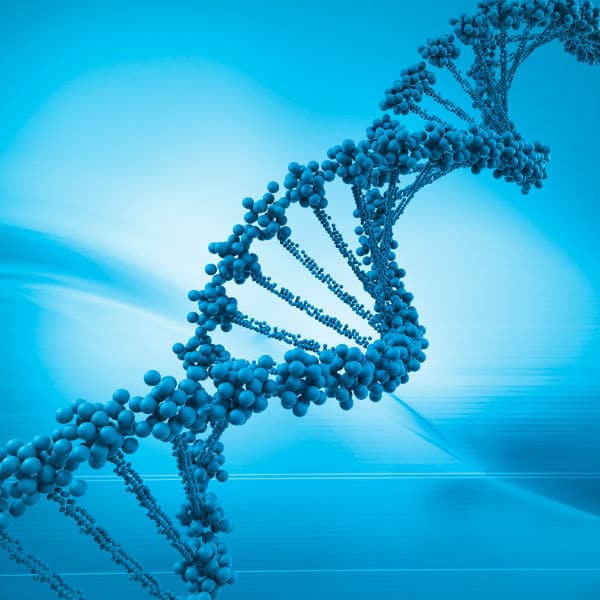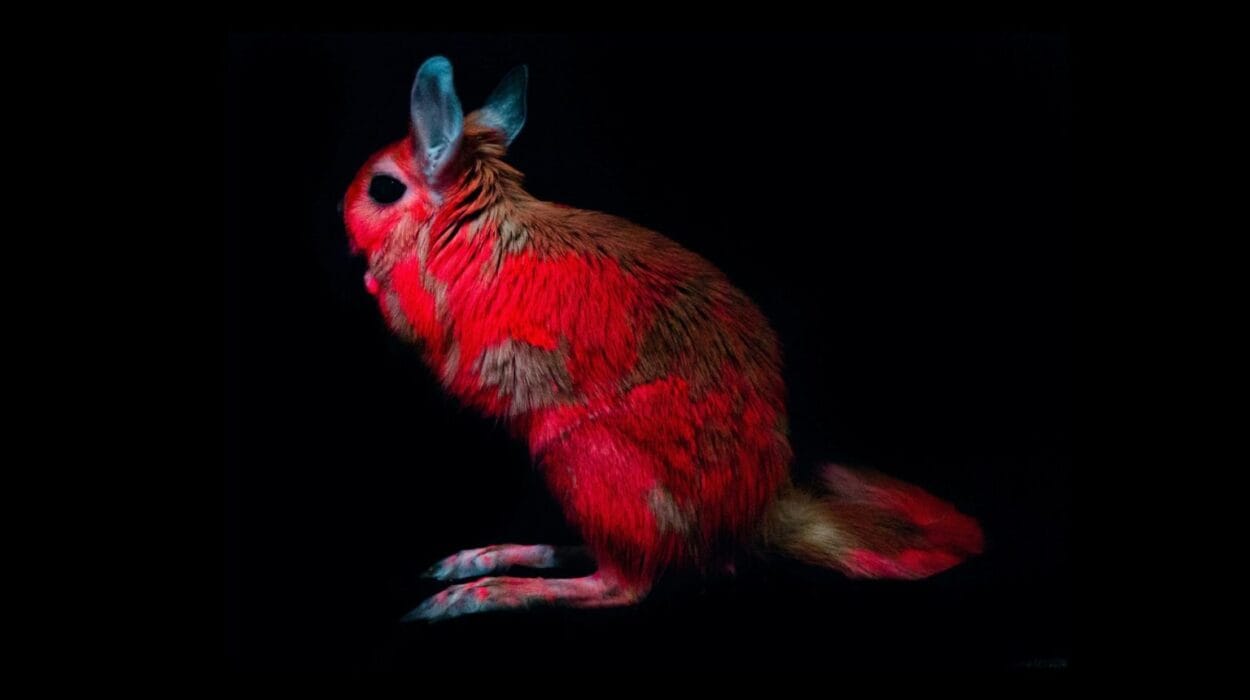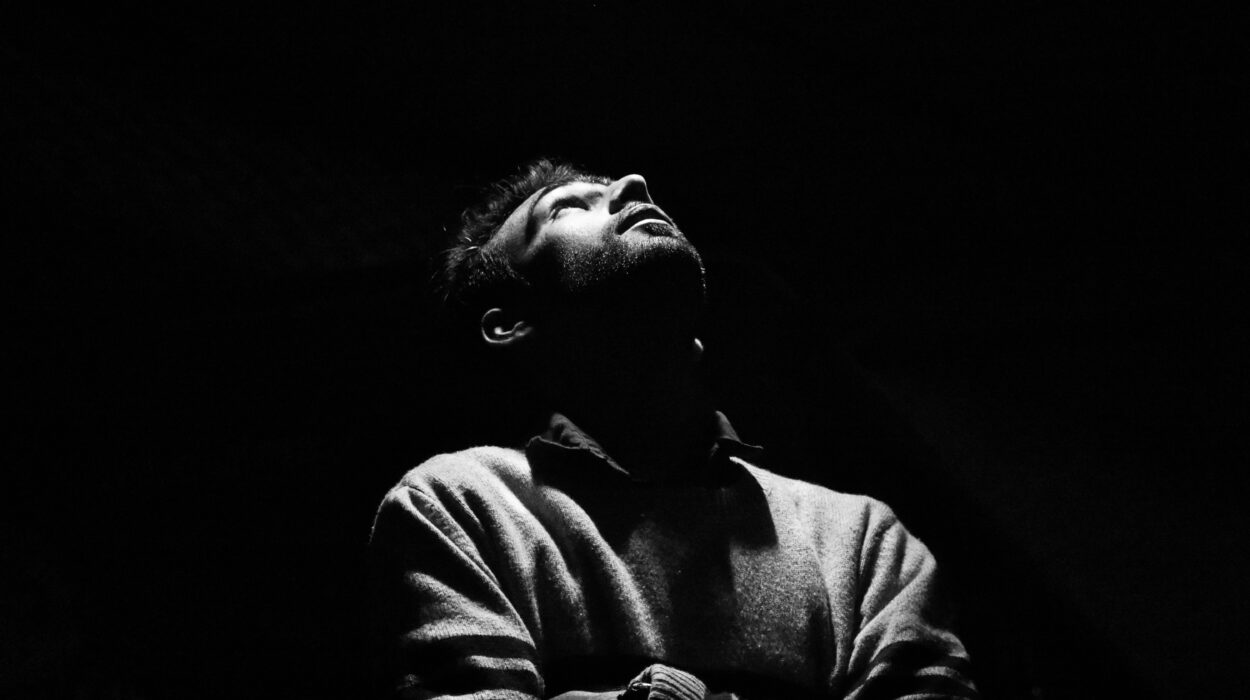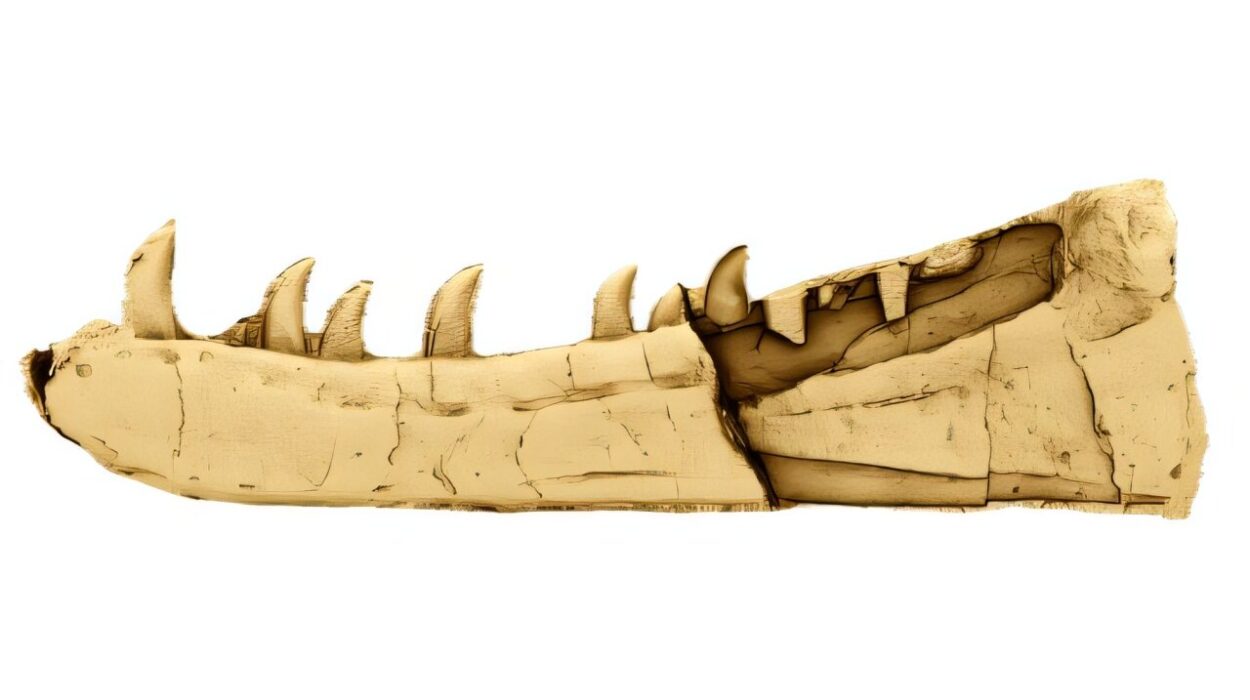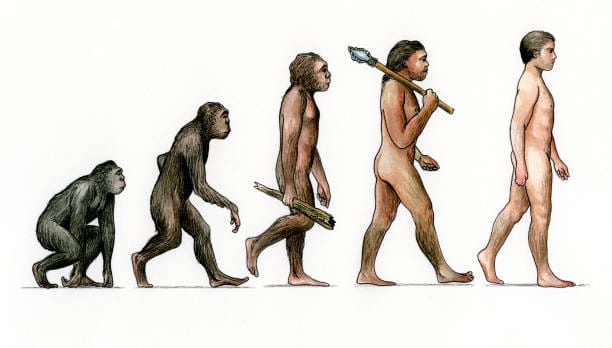Beneath the surface of every human life lies a language written in four letters—A, T, C, and G. These letters don’t form words, sentences, or books in the traditional sense. Instead, they construct the code that gives rise to life itself. This is DNA, the molecule of heredity, and within its coiled structure are the instructions that shape every part of our existence—from the color of our eyes to our susceptibility to disease, from our intelligence to our emotions.
Human genetics is not merely a study of inheritance—it is the story of what it means to be human. It is a story that spans generations, continents, and eons, reaching back to the very beginning of life and forward into a future we are only beginning to glimpse. Understanding human genetics is like holding a mirror to our biological soul. It tells us where we come from, how we grow, why we get sick, and even how we might be healed.
From Mendel’s Peas to Molecular Mastery
The modern journey into genetics began humbly in a monastery garden. Gregor Mendel, an Augustinian monk in the 19th century, carefully cross-pollinated pea plants and noted how certain traits appeared and disappeared across generations. He had no microscope, no knowledge of DNA. Yet through patience and insight, he uncovered the rules of inheritance—dominant and recessive traits—that laid the foundation for everything to come.
Mendel’s work went unnoticed during his lifetime, only to be rediscovered decades later, just as scientists were unraveling the mysteries of chromosomes. As microscopes advanced and staining techniques improved, researchers could see that chromosomes—thread-like structures in the nucleus of every cell—were somehow involved in heredity. But how?
It wasn’t until 1953 that two scientists, James Watson and Francis Crick, announced the double-helix structure of DNA. This twisting ladder of nucleotides explained how genetic information could be stored, copied, and passed on. The revolution was immediate. What had once been a philosophical speculation became a precise, molecular science.
What DNA Really Is
At its core, DNA (deoxyribonucleic acid) is a long chain of molecules made from four types of building blocks: adenine (A), thymine (T), cytosine (C), and guanine (G). These bases pair up—A with T, C with G—and form rungs on a spiral staircase. This structure isn’t just elegant; it’s efficient. Every cell in your body contains about two meters of DNA, tightly packed into chromosomes. The entire human genome—the full set of our DNA—contains over 3 billion base pairs.
This code doesn’t just sit there. It’s active, dynamic. Segments of DNA known as genes carry the instructions for making proteins—the molecular machines that run the body. From muscle fibers to enzymes, from hormones to brain receptors, everything is built from proteins, and every protein begins with a gene.
But DNA isn’t read like a book cover to cover. Some parts are skipped. Others are edited. It’s a dance of complexity, regulated by signals, structures, and subtle shifts in the environment. And while every cell in your body has the same DNA, different genes are turned on or off depending on the cell’s job. That’s why a skin cell doesn’t behave like a neuron, even though they share the same genetic script.
Genes, Genomes, and What Makes Us Human
So how many genes do we have? When the Human Genome Project launched in the 1990s, scientists expected to find over 100,000. After all, we’re complex creatures. But when the full genome was sequenced in 2003, the answer was humbling: humans have around 20,000 to 25,000 genes—fewer than an ear of corn.
What makes us human, then, isn’t just the number of genes but how they’re regulated, how they interact, and how they respond to the environment. A single gene can make multiple proteins depending on how it’s spliced. And some proteins don’t work alone—they form networks, feedback loops, even cascades that ripple across entire systems.
Within our genome lie clues to our shared ancestry. Humans share about 99.9% of their DNA with each other. The remaining 0.1% accounts for the differences between individuals. That tiny fraction includes everything from physical traits to risks for diseases and even, perhaps, aspects of personality and cognition.
And here’s the stunner: we share about 98.8% of our DNA with chimpanzees, our closest living relatives. Yet in that 1.2% lies the divergence of speech, culture, space travel, and symphonies. Somewhere in the code is the secret sauce of humanity.
Inheritance: More Than Just Eye Color
For much of the 20th century, genetics was viewed through a Mendelian lens: dominant and recessive traits passed from parents to children. Eye color, blood type, certain diseases—all seemed to follow this predictable pattern. But real life is rarely that tidy.
Most traits, like height or intelligence, are polygenic—shaped by many genes working together. Some genes play major roles, others act subtly, and still others influence how other genes behave. And genes don’t work in isolation. They interact with diet, stress, toxins, infections, and experiences in ways we’re only beginning to understand.
Epigenetics—literally “above genetics”—has revealed a new dimension. It turns out that environmental factors can modify how genes are expressed, without changing the DNA sequence itself. These modifications can even be passed down to offspring. In essence, your grandmother’s famine or trauma might still echo in your own body.
Genetic Diseases: When the Code Breaks
While most genetic variations are harmless, some are not. A single mutation in a critical gene can cause profound effects. Sickle cell anemia, cystic fibrosis, Huntington’s disease—these are genetic disorders with clear, devastating consequences.
Some mutations are inherited, passed from generation to generation. Others are acquired, arising from errors in DNA replication or damage from radiation or chemicals. Cancer, for instance, often results from accumulated mutations that allow cells to grow uncontrollably.
With modern sequencing, we can now scan entire genomes and identify these mutations. This has transformed medicine. Prenatal screening can detect disorders before birth. Carriers of genetic diseases can be identified before they pass them on. Tumors can be genetically profiled to guide treatment. What once seemed like fate is now becoming information—and sometimes, intervention.
The Promise and Peril of Genetic Testing
Walk into a pharmacy or click on a website today, and you can send away for a DNA kit. A few weeks later, you might learn your ancestry, your risk for certain diseases, your sensitivity to caffeine, even your potential athletic ability. But with knowledge comes complexity.
Not all genetic information is actionable. You might have a higher risk for a disease but never develop it. You might carry a mutation without symptoms. Interpretation is tricky, and without counseling, these results can cause confusion or anxiety.
There’s also the question of privacy. Who owns your genetic data? Could insurers or employers use it against you? As we embrace the power of genetics, we must also build strong ethical frameworks to protect individuals and communities.
Editing the Code of Life
One of the most groundbreaking advances in recent years is CRISPR-Cas9, a gene-editing tool that allows scientists to make precise changes to DNA. It’s cheap, fast, and revolutionary. With it, we can correct mutations, silence harmful genes, and potentially cure genetic diseases at their source.
In 2018, the world was stunned when a Chinese scientist claimed to have edited the genes of twin girls to make them resistant to HIV. The backlash was swift. The scientific community condemned the move as reckless and premature. But the genie is out of the bottle.
Gene editing offers hope for millions suffering from inherited diseases. But it also raises deep philosophical and moral questions. Should we edit embryos? Should we enhance traits like intelligence or strength? Where do we draw the line between therapy and enhancement?
Human genetics is now on the edge of a precipice—between miracle and manipulation.
Genes and Identity
We are not just the sum of our genes. But our DNA carries profound meaning. For many, a genetic test can confirm ancestry, reconnect families, or resolve mysteries of origin. For adopted individuals, it can provide a biological link to their past. For people from marginalized communities, it can reclaim stories erased by history.
Yet identity is more than biology. Culture, experience, language, memory—these shape us as much as our genome does. Genetics can offer pieces of the puzzle, but it cannot tell the full story of who we are.
Still, the power of seeing oneself reflected in the patterns of DNA is undeniable. To hold in your hands the map of your own molecular history is to feel both humbled and empowered.
The Future of Genetic Science
The frontier of genetics is expanding at lightning speed. Synthetic biology aims to design new organisms from scratch. Gene drives might one day control mosquito populations to end malaria. Personalized medicine is tailoring treatments to your unique genetic profile.
Artificial intelligence is now helping decode the vast data of the genome, identifying patterns too complex for the human brain. Entire genomes can be sequenced in a matter of hours, revealing insights into rare diseases, drug interactions, and even your microbiome—the trillions of microbes living inside you.
In the future, your doctor may prescribe a treatment based not on your symptoms but on your DNA. Diseases may be predicted before they emerge. Entire populations could be vaccinated genetically. The language of life is being translated—and rewritten—before our eyes.
The Ethical Compass
With great power comes great responsibility. The more we can do with genetics, the more we must ask what we should do. Should we edit the genes of unborn children? Who decides which traits are desirable? Could we accidentally widen social inequalities by making genetic “privileges” available only to the wealthy?
There is also the haunting memory of eugenics—the pseudoscientific belief that certain people are genetically superior. That dark chapter in human history reminds us that genetics must be wielded with humility and caution.
Global dialogue, inclusive research, and strict ethical standards are essential. We must ensure that the benefits of genetic knowledge are shared equitably—and that no one is reduced to a string of base pairs.
The Symphony of Our DNA
Human genetics is not just a field of science. It is the unfolding story of us all. It’s the melody that plays through generations, the hidden architecture behind every heartbeat, every gesture, every spark of thought.
In every cell of your body, there exists a record of the past and a blueprint for the future. You are both unique and deeply connected to all of humanity. You carry the whispers of your ancestors and the potential of your descendants. Your DNA is a poem written in molecules, and understanding it is one of the greatest journeys we have ever undertaken.
As we peer deeper into this code—into what makes us who we are—we find not just knowledge, but wonder. And in that wonder lies the power to heal, to connect, and to imagine a future shaped not by chance, but by choice.
